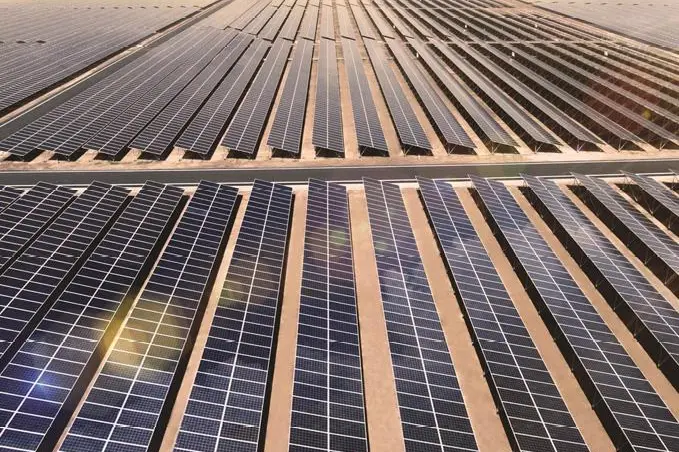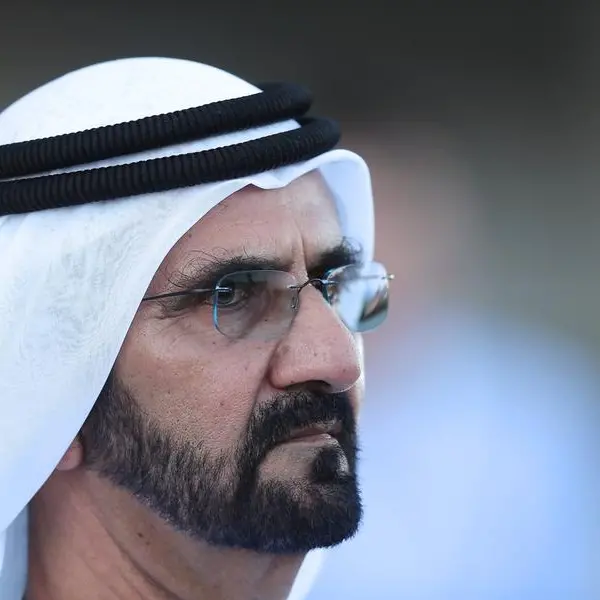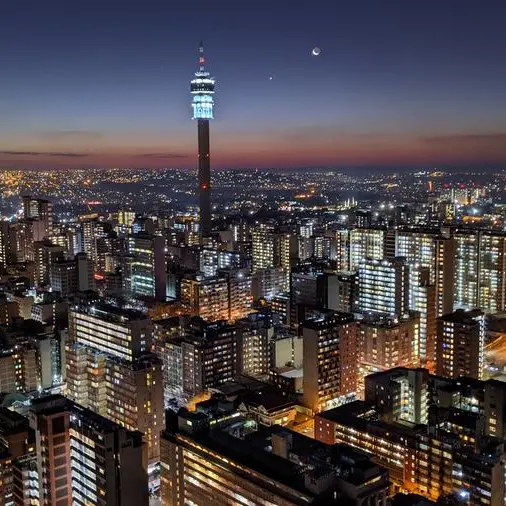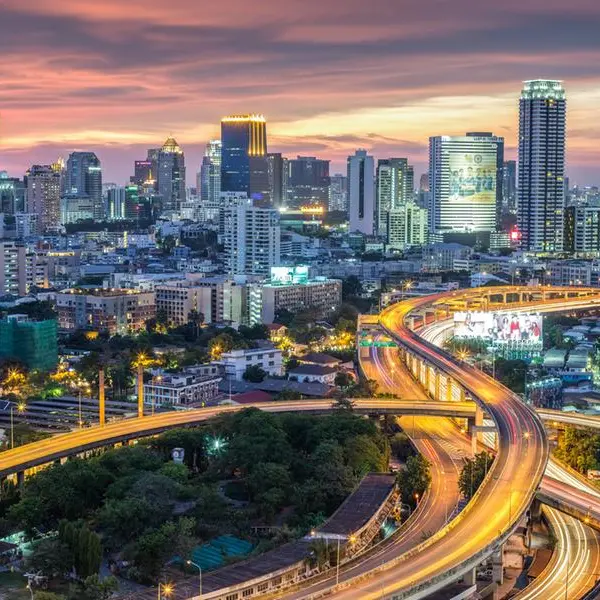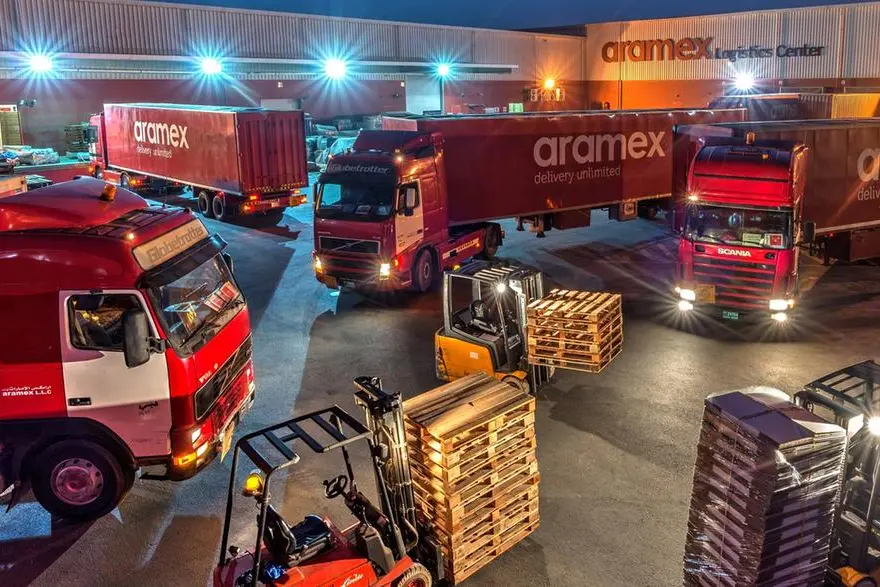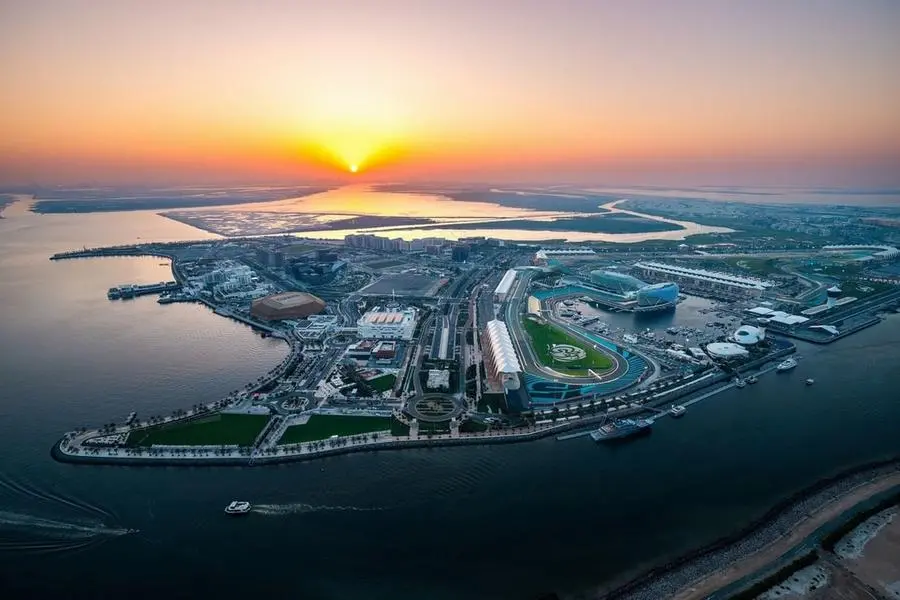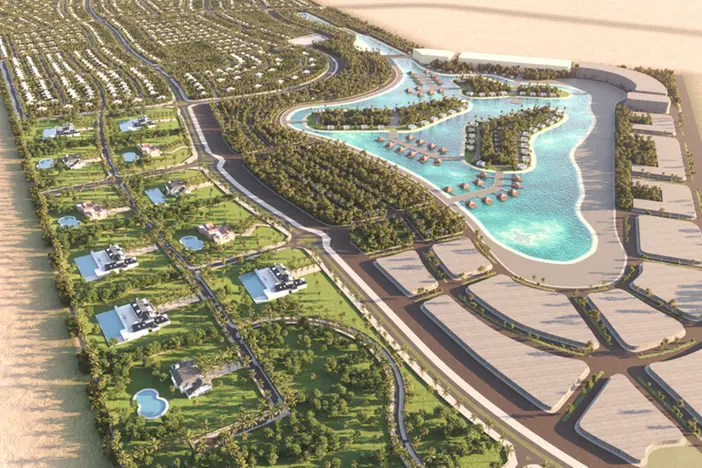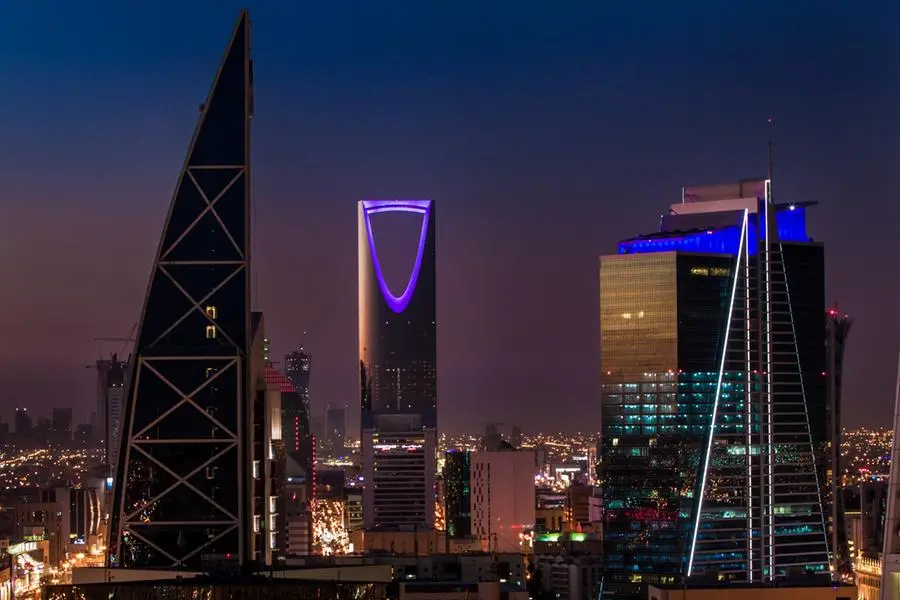PHOTO
The third phase of the Mohammed bin Rashid Al Maktoum Solar Park will be operational in April, DEWA Official revealed. Upon completion, the Solar Park will be the largest single-site solar park in the world, based on an independent power producer, model. Dubai media office twitter account.
The UAE has ranked highest in the Middle East in the 2021 Green Future Index, which measures countries based on their progress and commitment toward building a low-carbon future.
The index, developed by MIT Technology Review Insights, the magazines custom content division, ranked 76 leading nations and territories within five pillars: carbon emissions, energy transition, green society, clean innovation, and climate policy. The first four of the pillars measured the economies progress towards decarbonisation, while the fifth, climate policy, measured its commitment in terms of policy and structural reform in order to accelerate the green agenda in the future.
Ranking 43rd on the list, the UAE has rapidly increased production of renewables both at home and in financing other projects across the region, but the targets in place are comparatively low. Although some of the higher-ranking countries are aiming to be carbon neutral within 20 or 30 years, the UAE plans to deliver 25 per cent of power from renewables by 2030. Elsewhere in the region, Saudi Arabia ranked 61st and Qatar is the lowest ranked country in the index at 76.
The index shows that the Middle East is a region that needs to rapidly accelerate on the path towards decarbonisation. What we see all across the region is a struggle to transition away from hydrocarbon dependency, and with economic pressure coming from Covid-19 that might become even more challenging, said Laurel Ruma, co-editor of the Green Future Index report.
In comparison, with a score of 6.45 out of 10, Icelanda small economy but one keenly committed to emission reduction goals for more than two decadesholds the top rank in the index. Denmark, just behind in second place, is working toward an agenda to rid its economy of hydrocarbons entirely by 2050.
Efforts to combat climate change have been taking shape around the world for more than a decade, but without substantial progress. However, 2020 finally created the momentum and convergence of political, private sector, and social will for a decisive new agenda for tackling arguably humanitys greatest threat.
One trigger for the new momentum is the tragedy of mounting and endless record-breaking natural disasters caused by global heating. The combined acreage destroyed by wildfires in California, Australia, and the Amazon in this past year alone was the largest ever witnessed, consuming a land area greater than Belarus.
Another is the Covid-19 pandemic; in stimulating a global economic recovery, governments and businesses have the choice to either build back better by channelling innovation and investment towards clean energy, industry, transportation, and food, or to plump for short-term gains and shore up the polluting industries of the past. The pandemic has also raised awareness about the implications of humanitys ongoing degradation of natural space, and the interconnection of preserving biodiversity and habitats with the climate and human health.
European countries dominate the top of the Green Future Index, with 15 European nations in the top 20. Many European countries have already made some progress with curbing emissions, transitioning their energy production to renewable sources, and investing in green mobility. The coordinated efforts of EU member states to commit more than 200 billion in bold green economy investments, as part of the European Commissions sweeping post-covid Recovery and Resilience Facility, will give European nations an additional boost in years ahead.
Costa Rica, in seventh place, and New Zealand, in eighth, also secure positions as top 10 green leaders. With low dependence on fossil fuel exports and high reliance on nature-based industries such as agriculture and tourism, these countries have made strong progress and commitment toward carbon neutrality.
Just outside the top 20 is India (21st) which, while being the worlds third largest emitter of greenhouse gases, is also rapidly adopting solar energy, is home to the worlds largest vegetarian population, and has committed to implement sustainable agriculture.
Kenya, ranked in 23rd place, is Africas top-ranked country. Its government says that some 80 per cent of the countrys power supply comes from renewable resourcesalthough an estimated quarter of its population still do not have access to the grid.
The uneven progress of many of the worlds largest economies is reflected in the index. The United States sits in 40th place, in part hobbled by a number of years of climate policy misdirection, and China, in 45th place, still has a long way to go in terms of energy transition despite accounting for nearly half of the worlds net additions of renewable energy through wind and solar last year. Between these two economies, however, billions of dollars were spent on innovation in green technology and transitional processesmeaning both should be able to make progress in the rankings in years to come if they are truly committed to their stated (or, in the case of the United States, reclaimed) carbon neutrality objectives.
The bottom 15 countries in the index are what MIT Technology Review Insights calls Climate abstainers, largely due to their inability to create and hold to firm energy transition and policy implementation goals, often against a backdrop of fossil fuel dependency. These include Japan which, despite recently renewed commitments, is ranked 60ththe country is still weighed down by legacy industries and the shadow of Fukushima. Inability to move policy and industrial frameworks beyond existing carbon-intensive economies drag down the scores of our lowest-ranking economies: Russia, Iran, Paraguay, and Qatar.
Francesca Fanshawe is Editorial Director, International MIT Technology Review Insights. Prior to joining MIT, Francesca was with the CNN
Copyright 2021 Khaleej Times. All Rights Reserved. Provided by SyndiGate Media Inc. (Syndigate.info).
